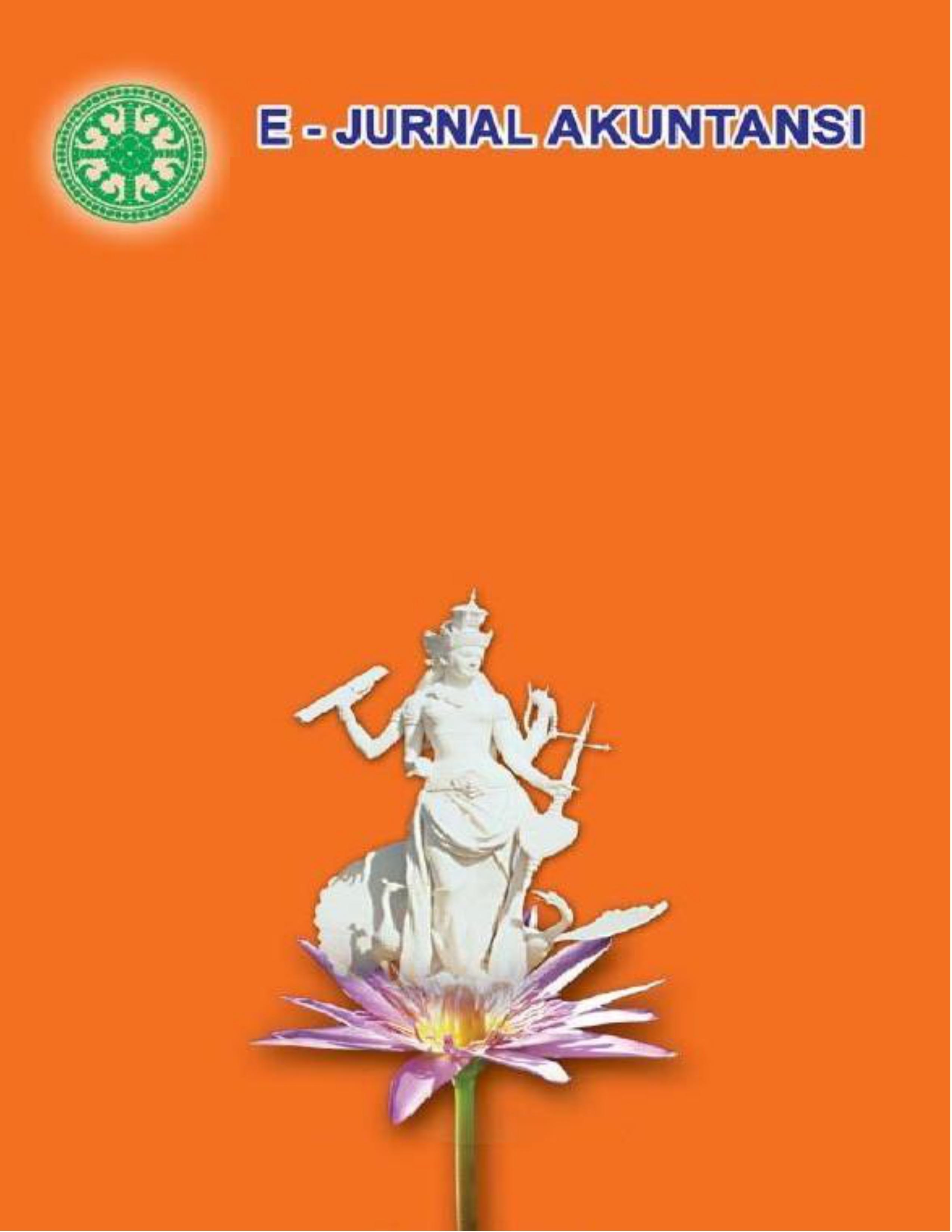ANALISIS DAY OF THE WEEK EFFECT DAN ROGALSKI EFFECT PADA PERUSAHAAN LQ45 TAHUN 2015
Abstract
This study examines whether or not market anomalies, such as day-of-the-week effectand Rogalski effect, characterize the Indonesia Stock Exchange (IDX), which could be interpreted as the evidence that against market efficiency. This study uses daily series return of stocks listed in LQ45 index from January 1st to December 31st 2015. One way ANOVA test is used to identify the presence of day-of-the-week effect on stock return and independent sample t-test for the presence of Rogalski effect. The empirical results verify that day-of-the-week effect on stock return exists in the stock market. Specifically, the lowest average return exists on Monday and the highest one exists on Thursday over the period. However, there is no evidence of Rogalski effect during January and April over the period refers to average return for Monday being negative.
Keywords:day-of-the-week effect, market anomaly, rogalski effect, stock return
Downloads
Keywords

This work is licensed under a Creative Commons Attribution-ShareAlike 4.0 International License.
















